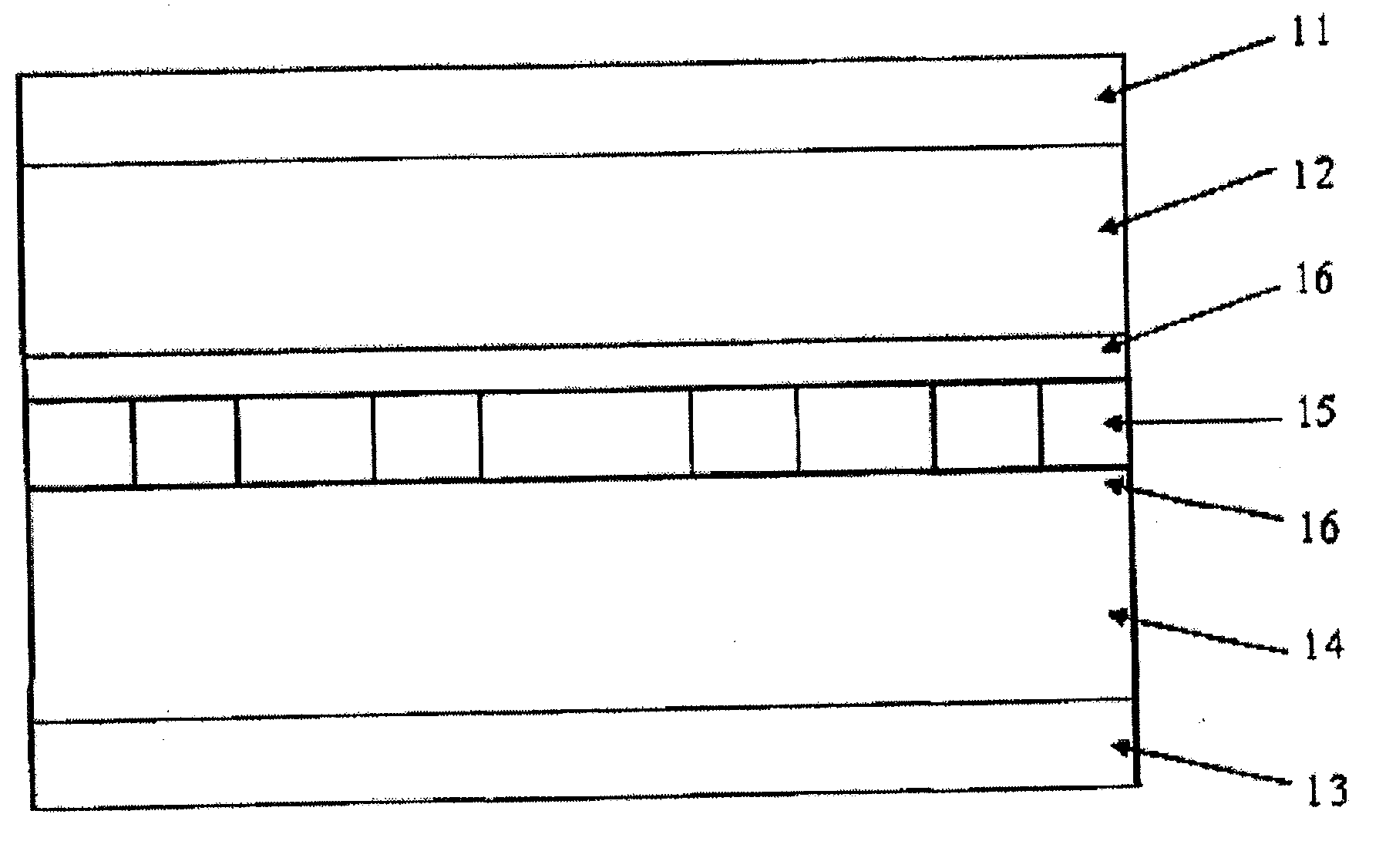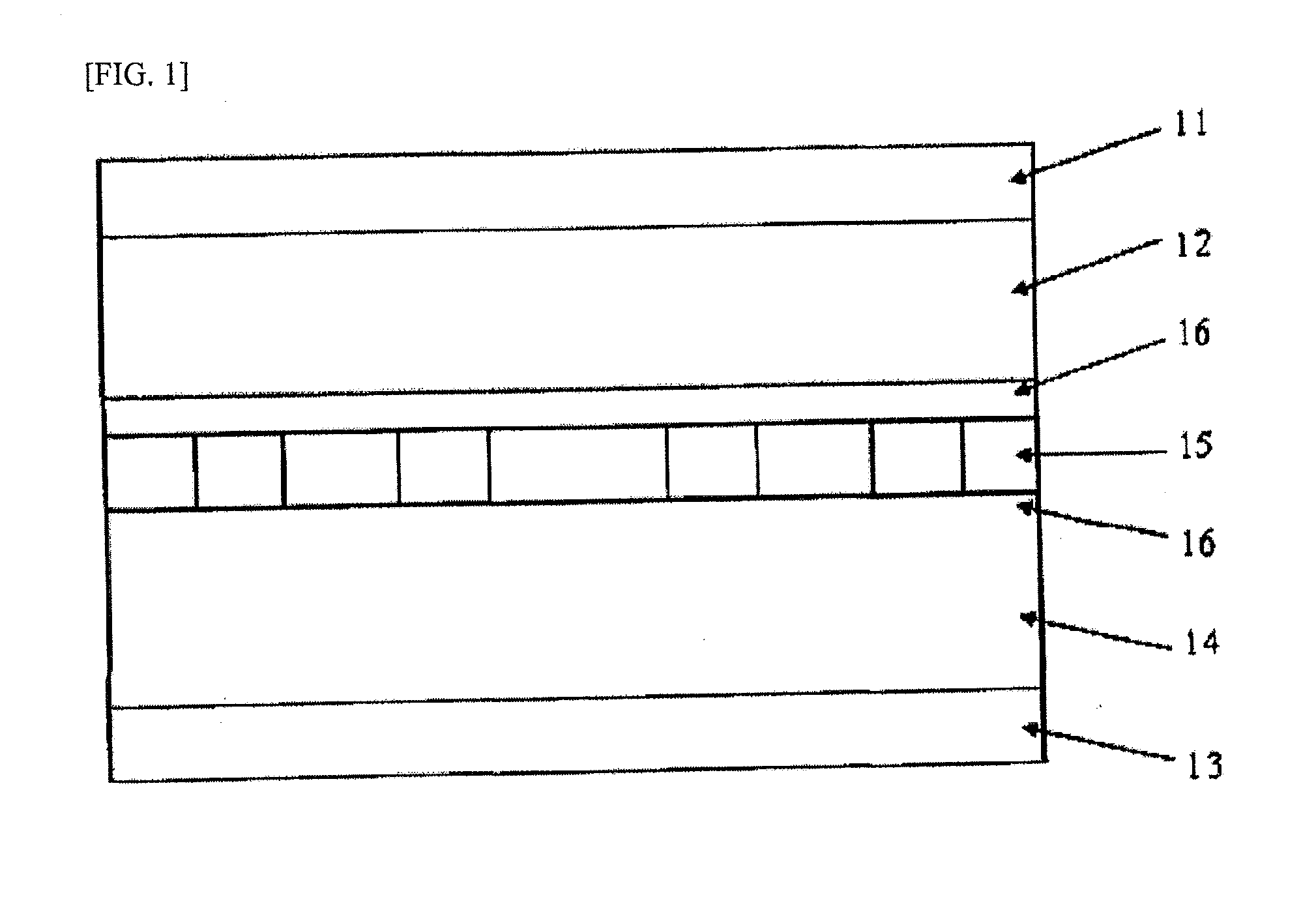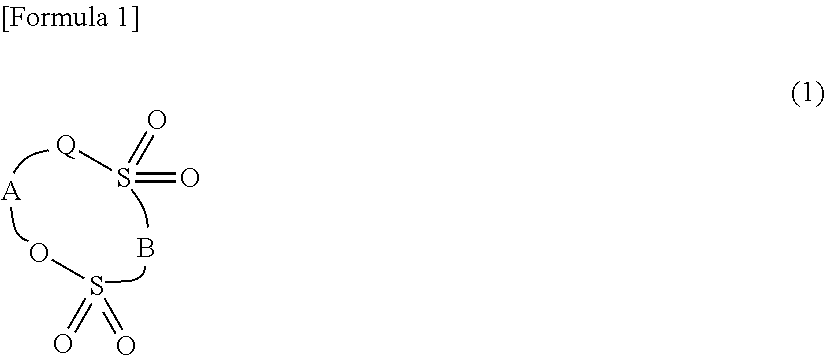Nonaqueous electrolyte secondary battery
a secondary battery and electrolyte technology, applied in the field of nonaqueous electrolyte secondary batteries, can solve the problems of battery capacity decline, achieve the effects of preventing the decomposition of an electrolyte solvent in a high temperature environment, easy transfer of lithium ions, and stable and highly ion conductive films
- Summary
- Abstract
- Description
- Claims
- Application Information
AI Technical Summary
Benefits of technology
Problems solved by technology
Method used
Image
Examples
examples
[0077]Now, specific Examples to which the present invention is applied will be described; however, the present invention is not limited to the following Examples and can be carried out by appropriately modifying them within a range not exceeding the subject matter of the invention.
examples 1 to 20
[0078]FIG. 1 is a schematic view showing a structure of a lithium secondary battery manufactured in Examples. As shown in FIG. 1, on a positive electrode collector 11 made of a meal such as aluminium foil, a positive electrode active material layer 12 capable of absorbing and desorbing lithium ions is provided. On a negative electrode collector 13 made of a metal such as copper foil, a negative electrode active material layer 14 absorbing and desorbing lithium ions is provided. Then, via an electrolytic solution 15 and a separator 16 made of unwoven cloth, fine porous polyolefin film and the like containing the electrolytic solution, the positive electrode collector 11 and the positive electrode active material layer 12, and the negative electrode collector 13 and the negative electrode active material layer 14 are arranged so as to face each other.
[0079]The negative electrode was manufactured as follows. As the negative electrode active material, artificial graphite was used. To an...
examples 21 to 40
[0083]Batteries (Examples 21 to 40) were manufactured in the same manner as in Examples 1 to 20 except that a styrene-acryl copolymer (styrene polymer) was used as the binder for negative electrode.
PUM
| Property | Measurement | Unit |
|---|---|---|
| mass % | aaaaa | aaaaa |
| mass % | aaaaa | aaaaa |
| boiling point | aaaaa | aaaaa |
Abstract
Description
Claims
Application Information
 Login to View More
Login to View More - R&D
- Intellectual Property
- Life Sciences
- Materials
- Tech Scout
- Unparalleled Data Quality
- Higher Quality Content
- 60% Fewer Hallucinations
Browse by: Latest US Patents, China's latest patents, Technical Efficacy Thesaurus, Application Domain, Technology Topic, Popular Technical Reports.
© 2025 PatSnap. All rights reserved.Legal|Privacy policy|Modern Slavery Act Transparency Statement|Sitemap|About US| Contact US: help@patsnap.com



